THE PITFALLS OF 'MORE, YOUNGER' MINDSET Why Starting Kids Too Early and Pushing Them Too Hard Can Backfire in Youth Sports
Better Coaching
DECEMBER 24, 2024
When children are pushed beyond their developmental limitsphysically, cognitively, and emotionallythey may fall out of love with sports, lose motivation to continue, or develop chronic injuries that hamper their future athletic endeavors. Burnout often unfolds in stages: Enthusiasm: The child begins with high motivation and excitement.


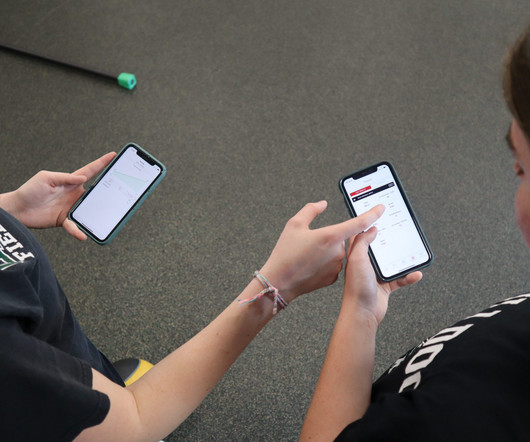



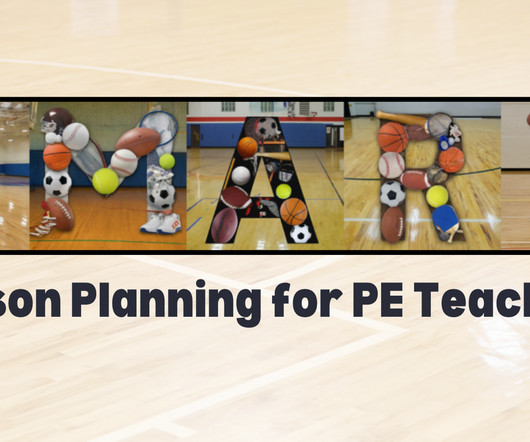
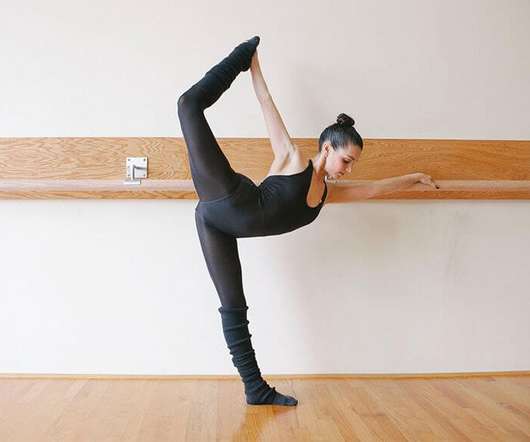

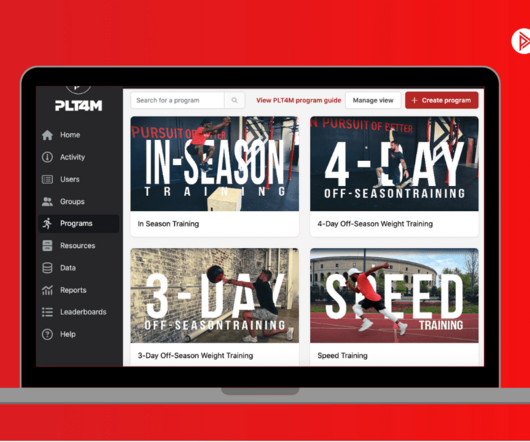
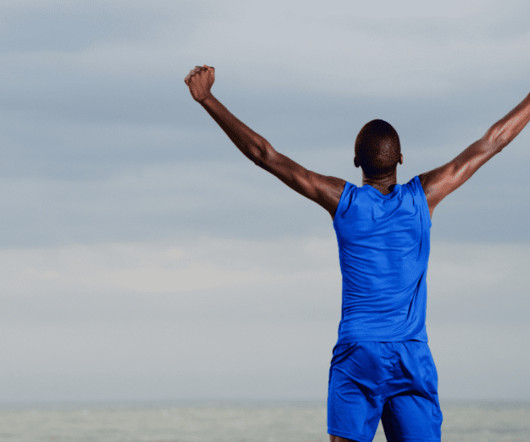









Let's personalize your content